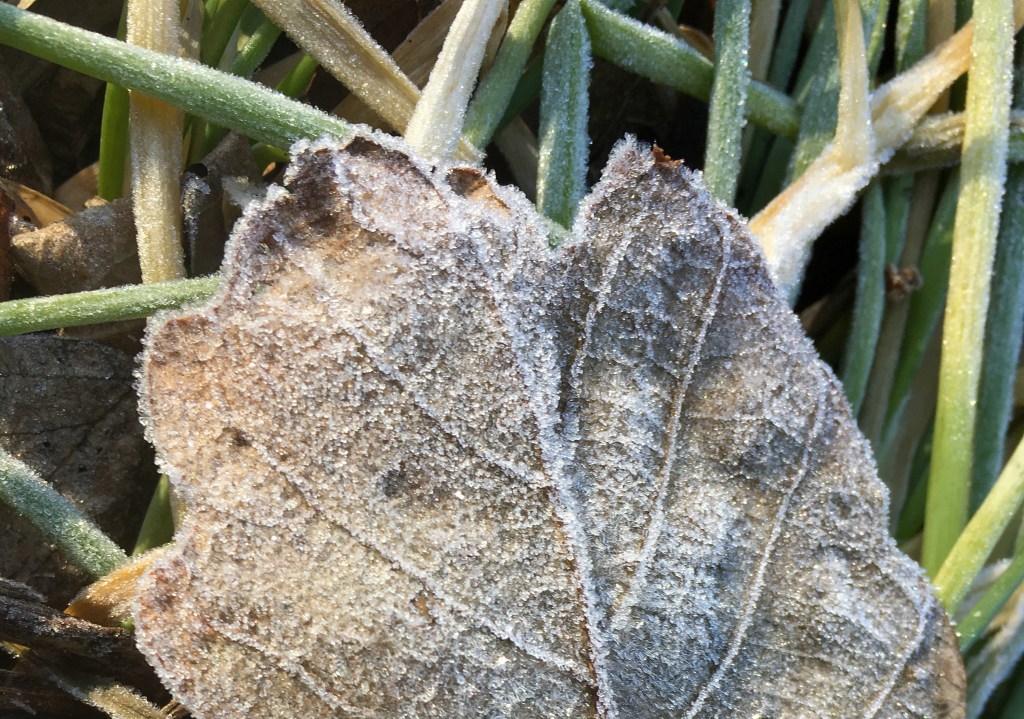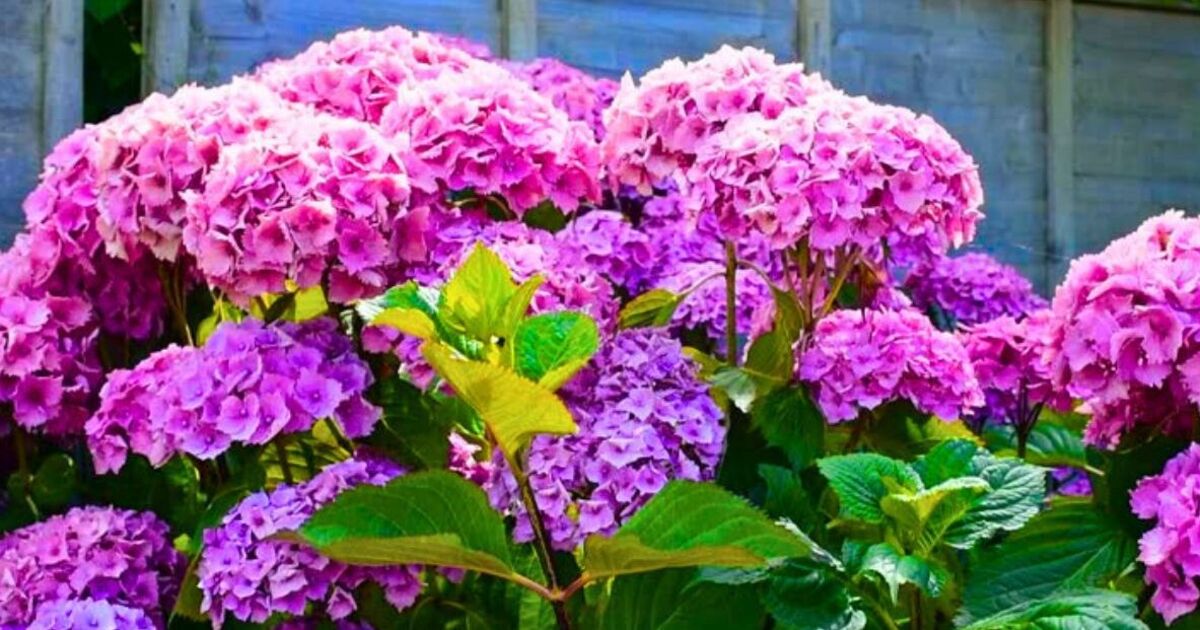Autumn is often known as the season for farmers and gardeners to begin preparing their plants for the first frost. However, an expert at The Morton Arboretum asserts that the traditional growing season guidelines may not be useful anymore due to fluctuating weather conditions. There’s much more variability in the weather conditions now compared to previous decades making the traditional farmer’s frost date unreliable.
Sharon Yiesla, a plant knowledge specialist, claims that our environment has become susceptible to sudden changes in weather, and these changes have made the first frost date unpredictable. Only a few decades ago, weather was more consistent, making it feasible to expect frost around specific dates. However, as climate variability has increased, these average frost dates have become less reliable.
Traditionally, gardeners consider the growing season to be the period between the last frost of spring and the first frost of autumn. This span, for areas like Chicago, was generally between May 15 and October 15. But with weather conditions showing extreme variability, the first frost could occur up to a month or six weeks earlier or later, causing a variation in the sequence of the seasons.
As a result of these changes, the growing season now no longer comes to an end with the first frost. In fact, often the first frost is followed by weeks of warm weather, allowing for extended periods of plant growth.
Typically, spring now arrives a couple of weeks earlier than it did decades ago, and winter is not as long. This observation was made by monitoring the timing of bud opening in spring and leaf fall in the autumn. Interestingly, even with shorter winters, harsh freezes are still entirely possible, adding to the unpredictable nature of the seasons.
Yiesla recommends that gardeners should focus on observing the current weather conditions, rather than set dates. Watching the 10-day forecast could provide more accurate guidance for garden planning, although it’s advised to also follow the 24-hour forecast for its accuracy and immediacy.
As for managing their gardens, she advises watering them actively as long as the plants are growing and therefore need water. For tender plants that cannot withstand any degree of frost, such as basil, tomatoes, impatiens, petunias and most houseplants, it is safer to move them indoors when nighttime temperatures start to fall into the 50s.
For those who wish to continue gardening longer outdoors, coving the plants with fabric or piling fallen leaves can provide insulation. She discourages the use of plastic sheeting as it traps both heat and moisture, which could harm the plants. It is advisable to remove any cloths during the day to allow the plants to get sufficient sunlight and avoid overheating.
Applying mulch over the roots can be beneficial as it protects and moderates temperature change in the soil. As for edible crops, she highly recommends harvesting tender crops like tomatoes well before any frost is predicted. Despite these changes, certain plants such as spinach and parsley can still withstand a few degrees below freezing, and some, such as Brussels sprouts, can even taste better after a frost. Root crops, however, need to be dug up before the soil freezes, even though they are quite frost-hardy.
Gardeners should focus on understanding their plants’ needs and tolerances in order to care for them in this new climate. Paying attention to different plants and the daily weather is now more important than ever. This is the new knowledge gardeners must equip themselves with to successful traverse our changing climate. No two plants are the same, and remaining vigilant can ensure their survival in these changing times.




